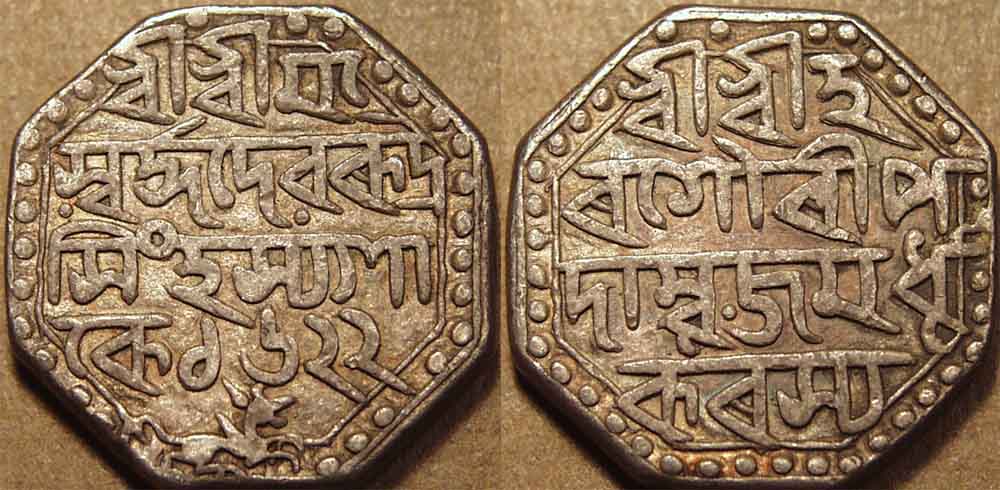Assamese language
Enlarge text Shrink textAssamese () or Asamiya (অসমীয়া [ɔxɔmija] ) is an Indo-Aryan language spoken mainly in the north-eastern Indian state of Assam, where it is an official language. It has long served as a lingua franca in parts of Northeast India. It has over 15 million native speakers and 8.3 million second language speakers according to Ethnologue. Nefamese, an Assamese-based pidgin in Arunachal Pradesh, was used as a lingua franca till it was replaced by Hindi; and Nagamese, an Assamese-based Creole language, continues to be widely used in Nagaland. The Kamtapuri language of Rangpur division of Bangladesh and the Cooch Behar and Jalpaiguri districts of India is linguistically closer to Assamese, though the speakers identify with the Bengali culture and the literary language. In the past, it was the court language of the Ahom kingdom from the 17th century. Along with other Eastern Indo-Aryan languages, Assamese evolved at least before the 7th century CE from the middle Indo-Aryan Magadhi Prakrit. Its sister languages include Angika, Bengali, Bishnupriya Manipuri, Noakhali, Chakma, Chittagonian, Hajong, Rajbangsi, Maithili, Rohingya and Sylheti. It is written in the Assamese alphabet, an abugida system, from left to right, with many typographic ligatures. Assamese was designated as a classical Indian language by the Government of India on 3 October 2024 on account of its antiquity and literary traditions.
Read more on Wikipedia >
 Topic
Topic


